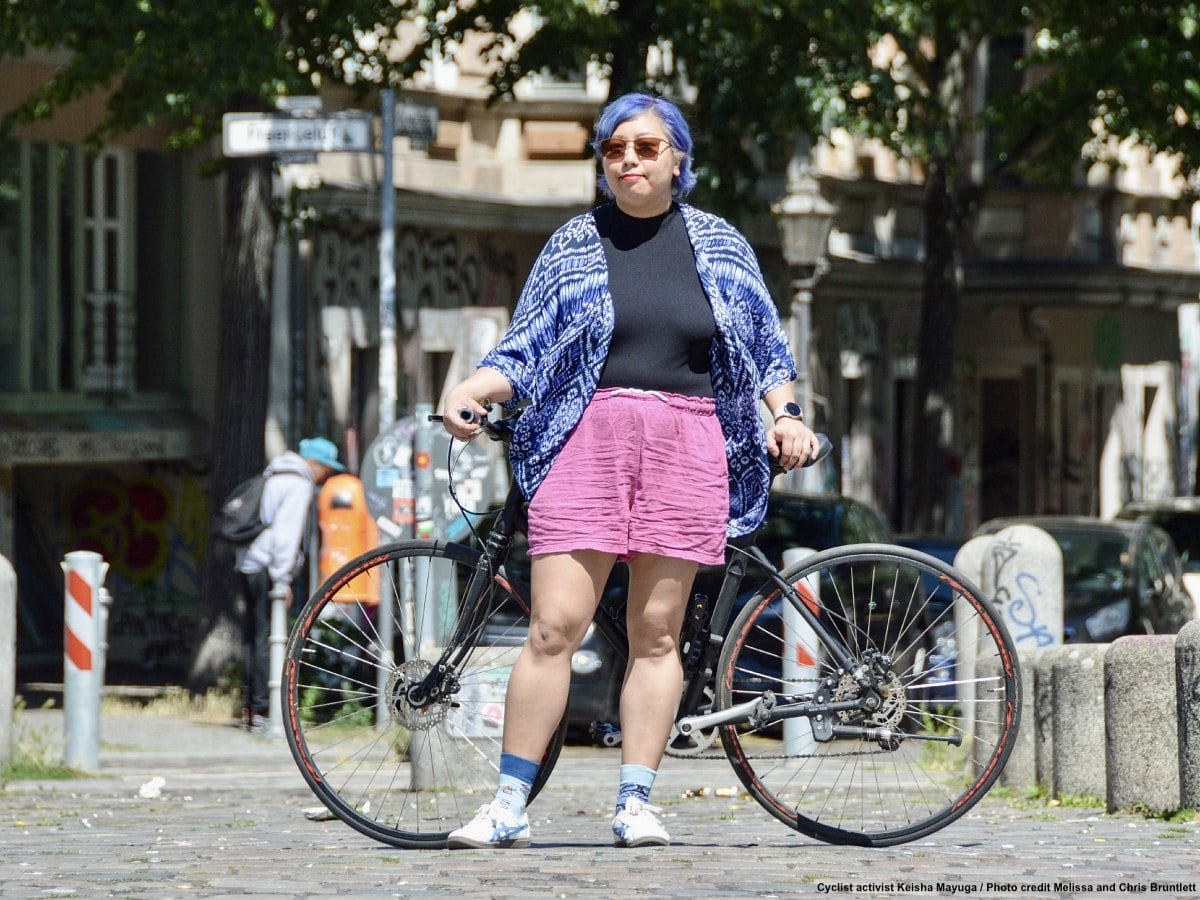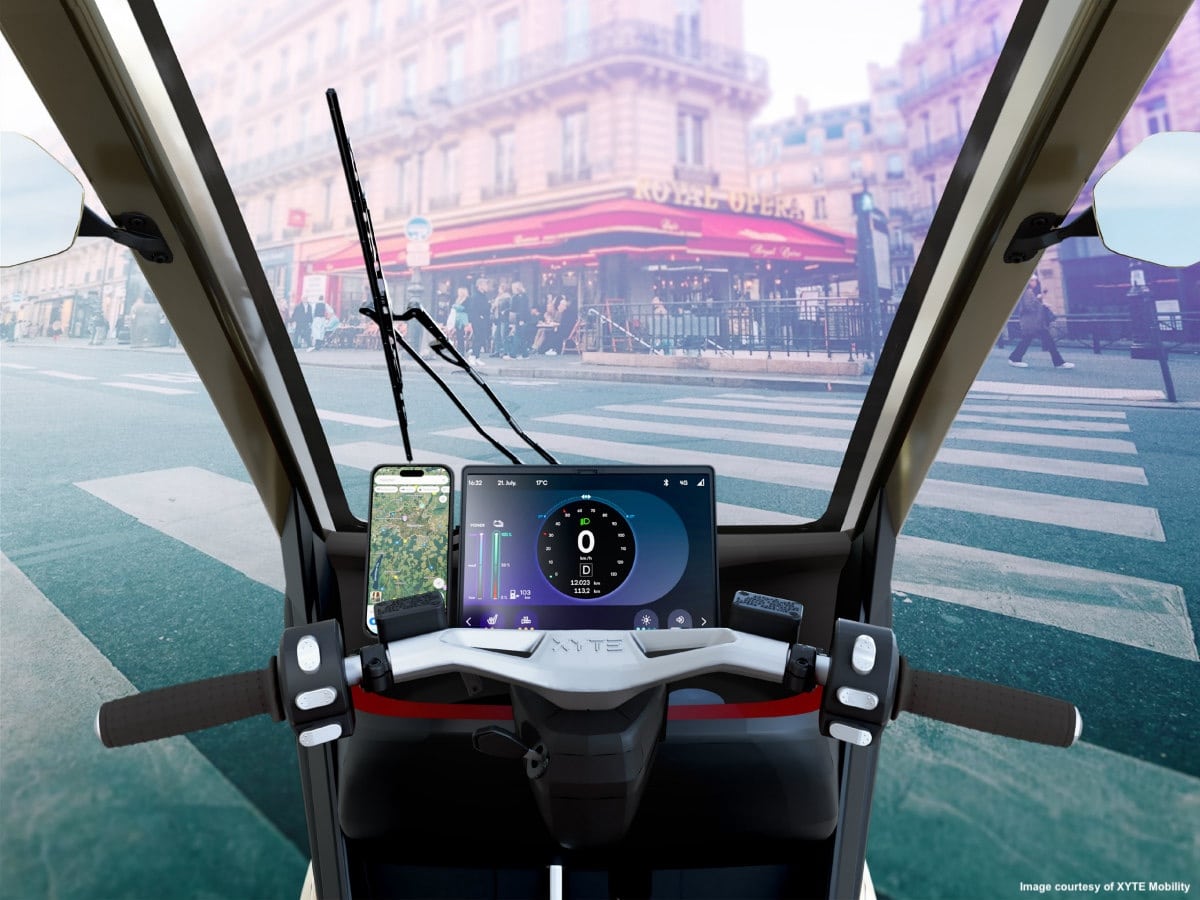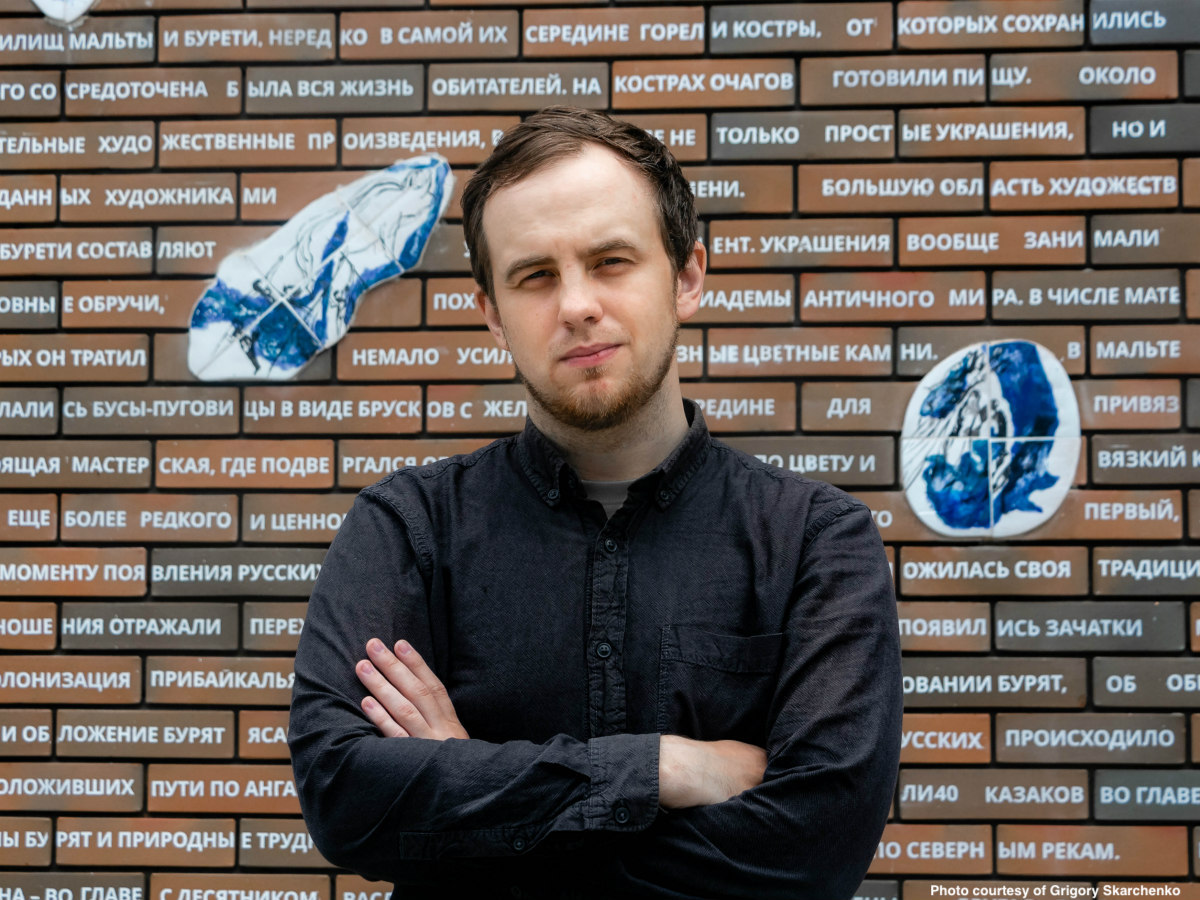Listen to the audio version of this article (generated by AI).
In the Philippines, as in many Southeast Asian countries, rapid development and urbanization have led to congested roads and significant transportation challenges. This is particularly evident in Manila, the capital, where 15 million people navigate its bustling streets. For many residents, commuting in Manila is a time-consuming and emotionally draining experience, often leaving their homes before sunrise and returning long after sunset.
Growing up, Keisha Mayuga’s home life was no different: “When I was younger, my mother would spend hours in traffic on her 50-kilometre daily commute from our home in Las Pinas to Quezon City. As a kid, I struggled to stay up late enough to say goodnight. My story is not unique in the Philippines and has impacted me to this day.”
In the latter half of the 2010s, Mayuga graduated from university with a degree in journalism. While commuting to her first job in Manila on public transport, a serendipitous conversation with a fellow traveler — a young mother — shifted her career path. After three years staying home with her son, this mother had just started working again, and her 22-kilometre trip would take over two hours due to traffic congestion.
She shared with Mayuga that she never saw her son because by the time she got home, it was very late, and he was already asleep. Similarly, each morning she had to leave by 5 am, long before he woke up. Mayuga’s inner reaction was, “Wow, this transport situation is really ruining people’s lives in the Philippines. People don’t get the gravity of how much four to five hours of travelling really negatively impacts people’s lives.” When Mayuga finally arrived home that evening, she was resolved to change this reality in whatever way she could, writing in her notebook, “I want to work in transportation.”
Then the Covid-19 pandemic hit, and the national government directed the cancellation of all public transport. Essential workers were left to find another way to travel to and from work in a part of the world where only the most privileged own cars; she couldn’t fathom how doctors, nurses, and support staff were expected to get to hospitals.
“There were stories of people walking three hours to get home after a 12-hour shift,” Mayuga recalls. Many would not even bother about commuting in Manila, instead finding corners of the hospital to sleep in until their shift the next day. “It was really terrible, and I cried a lot for them at this time. Then I decided to just call out to the world, ‘Hey, we need to help these people, and here are some ideas on how!’”

In Filipino, biyahe means travel, and bayanihan means cooperation. The first initiative from Mayuga combined those two words to create biyahenihan, or working together for transport. The idea was to provide essential workers with a means to get to the hospitals that replaced their reliance on public transport — namely, a bicycle. She launched a Facebook page, “Life Cycles PH,” and together with other advocates who wanted to help, started calling on followers willing to loan or donate bikes to frontliners.
She naturally had concerns about whether or not people would be willing to loan their property to a complete stranger, but she was soon surprised by the response. “There was an aura of trust in the group. I did count how many people ended up borrowing and lending bikes, and it was around 400!”
Alongside the bike lending programme, Life Cycles PH also began fundraising to support their movement in other ways. They ended up raising €30,000, which was used to purchase bicycles for people in need who would use them for commuting and, in turn, support many local bike shops in Manila that were struggling due to the pandemic, helping them keep their doors open. Support — including volunteers offering their time — increased swiftly, and as the word spread and the movement grew, so did the number of cyclists.
Regular people across Manila were proving that you could actually cycle to work, school, the shop, commuting everywhere in between. For many, this was their first time on a bike in decades! It was naturally quite liberating for them, but with so many new cyclists on the streets, a problem began to emerge: what would happen when the motor traffic returned?
“We sat together [Life Cycles PH] in May 2020 and decided we would try to install a pop-up bike lane along one of the most dangerous and infamous roads in Metro Manila — Epifanio de los Santos Avenue,” said Mayuga. They knew the best way to encourage new cyclists post-lockdown was to create a safe space for those who were naturally terrified of riding shoulder-to-shoulder with cars and buses in traffic. The hope was that a pop-up protected lane could spark a public conversation about building safer cycling infrastructure across the entire country.
Recommended Read: Why Arctic Conditions Don’t Stop Cycling in Oulu, Finland
The group of young advocates was ambitious, proposing a 10-kilometre temporary bike lane first. The government, however, did not match their enthusiasm. After much back and forth, they reached an agreement for 1.3 kilometres on a Sunday morning, but with the promise that supervisors would be present at points along the route for the entire period. Taking the win, Mayuga and a few volunteers woke up early to lay down cones themselves, promoted it on social media, and organized a press conference to document the event.
Unfortunately, finding Life Cycles PH didn’t quite hold up their end of the deal; Mayuga received a call late in the morning, telling her that the areas had been left unattended and to take it all down by noon. Deflated, she complied, feeling she had failed and let so many others down. Quite the opposite was true. “It was like a domino effect,” she remembered. “It became a much bigger thing that people started talking about, and a buzz was created.”
Despite the pop-up lane being cancelled and the bad press, the group began attracting interest from the national government. Within weeks, they found themselves speaking to Congress and the Senate about commuting by bike in Manila and across the whole Philippines, who thought, ‘Hey, we should really make this a thing!’

In the end, one short-lived temporary bike lane led to the national government allocating more than $22 million USD for active mobility infrastructure. This translated into 500 kilometres across Metro Manila, Cebu, and Davao. To ensure the short-term programme achieved long-term success, it was informed by an online training programme for engineers and planners across the Philippines, led by experts from the Dutch Cycling Embassy and funded by the World Bank.
Looking back, Mayuga feels part of the incredible success of her movement is rooted in a cultural sense of responsibility among Filipinos, particularly young women. “One of the reasons we wanted to build this campaign was that a doctor who was cycling to work actually died,” she explained. “We used that to push and explain why we didn’t want any care workers in the streets. They’re taking care of us, and we should take care of them in return.”
Recommended Read: Russian Cycling Activist Grigory Skarchenko: “We Felt Really Free in the Urban Field of Politics”
Mayuga refers to the so-called “eldest daughter syndrome” in the Philippines to explain why so many women jumped in, willing to help and push for change. “I think we already start with this fighting spirit by being born women,” she reflected. “I need to fight for my voice to be heard. Once you get into that rhythm, it’s hard to stop.”
In 2020, Life Cycles PH rebranded itself as the Move as One Coalition, advocating for safer, more humane, and more inclusive mobility. They continue to advocate for better cycling, walking, and public transport infrastructure in the Philippines, and are now working with groups in Malaysia and Indonesia to inspire similar change.
What started as an individual call to action to help one mother on her daily commute evolved into a passionate group of young people — predominantly women and gender non-conforming folks — demanding better mobility for everyone. As of 2024, the result is over 1,500 kilometres of cycle lanes across the country. As Mayuga herself says: “The kids are alright!”





